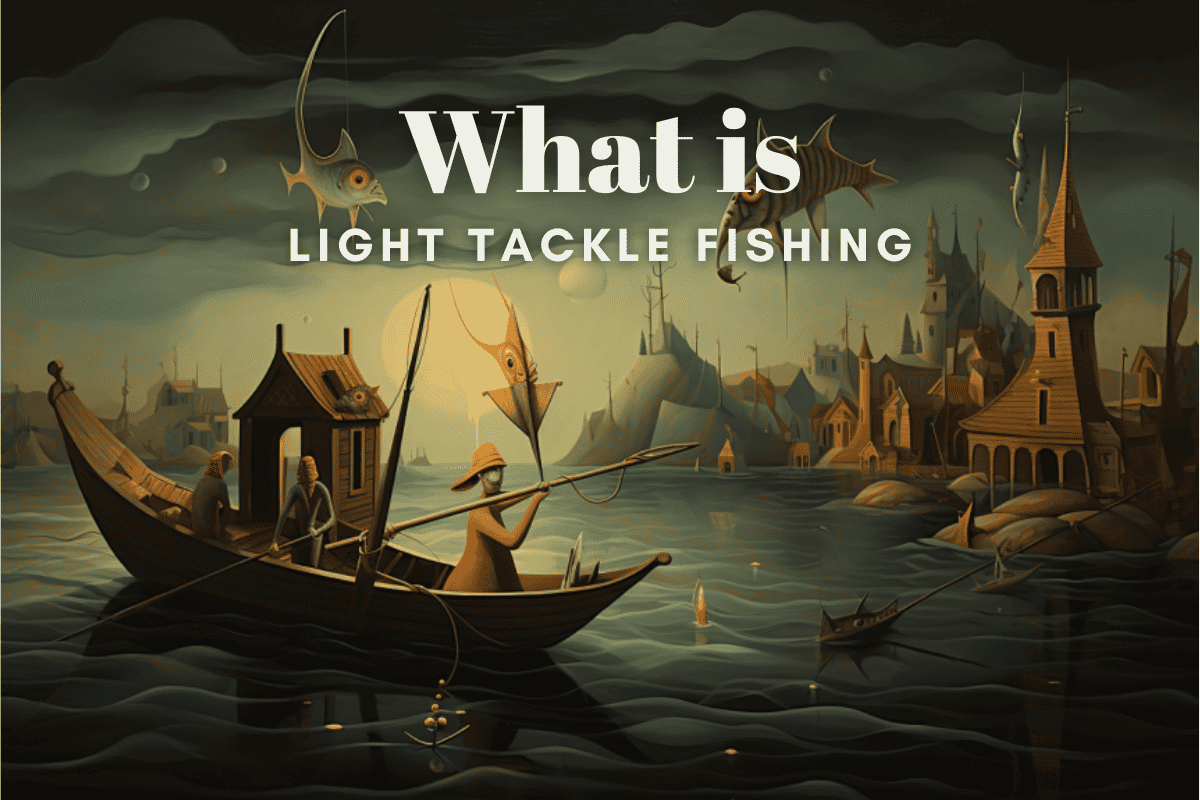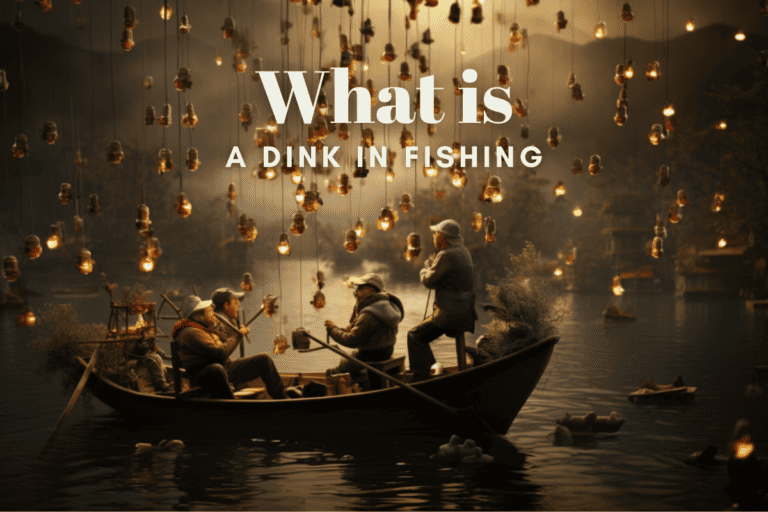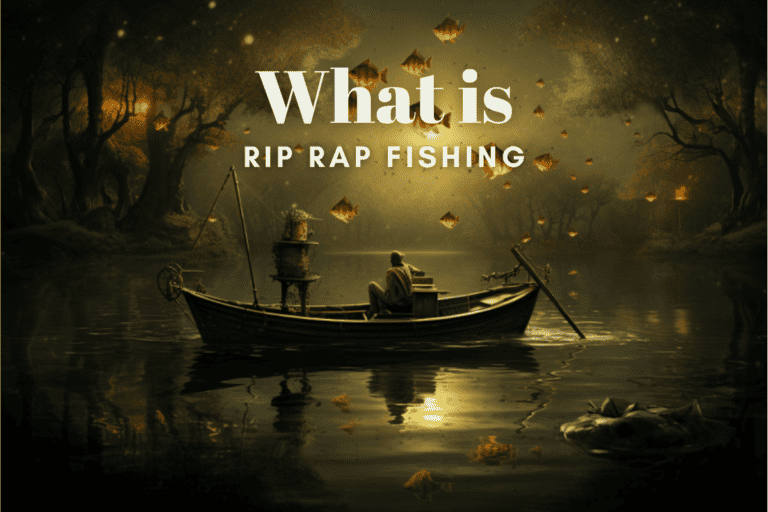What is Light Tackle Fishing? Key West: World-Class Opportunities

In the vast realm of angling, there are countless techniques and approaches that cater to every skill level and preference. Among these, light tackle fishing stands out as a method that combines finesse, challenge, and the sheer thrill of the sport.
As we dive into the intricacies of light tackle fishing, we’ll explore its advantages, potential drawbacks, and the lasting impressions it leaves on those who embrace it.
What is Light Tackle Fishing?
Light tackle fishing is a method of angling that employs lighter gear than what’s typically used for the targeted fish species. This approach emphasizes skill, finesse, and the thrill of the fight, rather than simply overpowering the fish. Here’s a comprehensive look into the world of light tackle fishing:
- Defining Light Tackle:
- Light tackle typically involves using a lighter line, smaller reel, and a more flexible rod. The exact specifications can vary based on the fish species and the fishing environment, but the principle remains the same: using gear that’s lighter than the conventional standard for the situation.
- The Appeal:
- Enhanced Challenge: Light tackle amplifies the challenge, requiring anglers to rely more on their skills and techniques.
- Sensitivity: Lighter gear often provides better sensitivity, allowing anglers to feel even the slightest bite or movement.
- Sporting Aspect: The extended fight with a fish on light tackle can be exhilarating, offering a more “sporting” experience.
- Target Species:
- While light tackle can be used for various species, it’s especially popular for fish like trout, panfish, small bass, and bonefish. However, some adventurous anglers also use light tackle for larger species, further amplifying the challenge.
- Techniques and Tactics:
- Precision Casting: With lighter lures and lines, accurate casting becomes crucial.
- Drag Management: Properly adjusting and managing the reel’s drag is essential to prevent line breaks during the fight.
- Playing the Fish: Anglers need to be adept at “playing” the fish, using rod movements and reel techniques to tire the fish without over-stressing the light gear.
- Considerations:
- Environment: Light tackle might not be suitable for all environments, especially areas with heavy cover or strong currents where heavier gear is needed to prevent snags and control the fish.
- Ethical Angling: Prolonged fights can exhaust and stress fish. Anglers should ensure they handle and release fish quickly and gently to ensure their survival.
- Gear Maintenance:
- Light tackle, due to its delicate nature, requires regular maintenance. Checking the line for wear, ensuring reels are clean, and storing rods properly can prolong the life of the gear and improve performance.
In essence, light tackle fishing offers a unique and rewarding angling experience, emphasizing the balance between skill and challenge. Whether you’re a seasoned angler looking for a new thrill or a beginner wanting to hone your skills, light tackle fishing provides an opportunity to connect with the sport on a deeper level.
Delving Deeper: The Techniques and Nuances of Light Tackle Fishing
Having understood the essence of light tackle fishing, it’s essential to delve deeper into the techniques and subtleties that make this form of angling both challenging and rewarding. Here’s a closer look at the artistry behind light tackle fishing:
- Selecting the Right Gear:
- Line Choices: Opting for braided or thin diameter lines offers both strength and sensitivity. The line’s test strength should be tailored to the anticipated fish species.
- Rods and Reels: While spinning rods paired with spinning reels are commonly chosen, baitcasting setups can also be effective. The reel should accommodate the line’s capacity and be prepared for the potential power of the fish.
- Mastering Techniques and Lures:
- Finesse Methods: Techniques such as bottom fishing with delicate baits or employing a finesse jig can yield impressive results. The aim is to replicate the natural behaviors of prey to lure in fish.
- Lure Selection: Opt for light lures that mirror the target species’ typical diet. The combination of the lure’s motion and the light line can be irresistible to fish.
- Advantages and Challenges:
- Enhanced Catch Rates: Many anglers find that light tackle can lead to more frequent catches, especially in high-pressure fishing zones. The subtlety of the lighter line and lures can be less daunting to cautious fish.
- Skill Development: For newcomers to the angling world, light tackle offers a valuable learning experience. Yet, it also demands patience, especially when battling larger fish on light gear.
- Environmental Adaptation: Clear water conditions and regions with minimal underwater obstructions are ideal for this approach. The slender line can be less detectable to fish, increasing bite chances.
- Ethical and Safe Angling:
- While the thrill of landing a big fish on light tackle is undeniable, anglers must prioritize the fish’s health. Prolonged battles can tire out fish, so it’s vital to handle and release them with care and speed.
In summation, while the foundational principles of light tackle fishing provide a broad overview, mastering the intricate techniques and understanding the nuances can elevate the angling experience. Whether seeking a fresh challenge or refining existing skills, the world of light tackle fishing awaits with open arms.
Advantages and Drawbacks of Light Tackle Fishing
Light tackle fishing, while offering a unique and exhilarating experience, comes with its set of pros and cons. Understanding these can help anglers make informed decisions and set realistic expectations.
Advantages:
- Enhanced Sensitivity: Light tackle allows anglers to feel even the slightest nibble, enhancing the connection between the angler and the fish.
- Sporting Challenge: The thrill of battling a large fish on light gear is unmatched, offering a true test of skill and patience.
- Versatility: Suitable for both freshwater and saltwater environments, light tackle can be used to target a wide range of fish species.
- Skill Development: The challenges posed by light tackle fishing can significantly improve an angler’s overall skill set.
Drawbacks:
- Increased Breakage Risk: Lighter lines and rods are more susceptible to breaking, especially when targeting larger fish.
- Skill Threshold: Light tackle fishing can be demanding, potentially frustrating beginners or those unfamiliar with the technique.
- Environmental Limitations: Areas with heavy underwater vegetation or strong currents might not be suitable for light tackle due to the risk of snags and reduced control.
Final Thoughts

Light tackle fishing, with its blend of challenge and reward, offers a unique perspective on the age-old sport of angling. While it may not be for everyone, those who venture into this realm often find themselves captivated by its nuances.
Whether you’re a seasoned pro or a curious beginner, light tackle fishing promises an adventure that pushes boundaries, tests skills, and, most importantly, deepens the bond between the angler and the aquatic world.
Frequently Asked Questions (FAQ)
Q: What is Light Tackle Fishing?
A: Light tackle fishing is a type of fishing that involves using lightweight gear, such as rods, reels, and lines, to catch fish. This approach allows anglers to have more control over their bait and make accurate casts, increasing their chances of catching fish.
Q: What are the advantages of using light tackle?
A: Using light tackle offers several advantages. First, it allows for more precise and delicate presentations, especially in clear water or when targeting species that are easily spooked. Second, lighter gear tends to be more sensitive, making it easier to detect bites. Finally, light tackle provides a more enjoyable and challenging fishing experience by requiring anglers to use finesse and skill to land their catch.
Q: Can I catch big fish with light tackle?
A: While light tackle is not typically used for targeting larger species, it is still possible to catch big fish using this approach. However, landing large fish on light tackle requires patience, skill, and proper technique. Additionally, it is important to consider the fishing conditions and adjust your tackle accordingly to increase your chances of success.
Q: What type of fishing is light tackle most commonly used for?
A: Light tackle is commonly used for freshwater fishing, such as bass fishing, trout fishing, and other species found in rivers, lakes, and streams. It is also popular for inshore saltwater fishing, targeting species like redfish, snook, and trout.
Q: What gear is considered to be the best for light tackle fishing?
A: The best gear for light tackle fishing includes a lightweight fishing rod, a baitcasting reel, and a light test line. It is important to choose gear that is balanced and well-suited to the type of fishing you will be doing.
Q: How does light tackle differ from heavy tackle?
A: The main difference between light tackle and heavy tackle is the size and strength of the gear used. Light tackle involves using lightweight rods, reels, and lines, while heavy tackle utilizes heavier and sturdier equipment. Light tackle is typically used for smaller species and finesse fishing, while heavy tackle is used for larger and more powerful species.
Q: Can I catch more fish using light tackle?
A: While using light tackle does not guarantee catching more fish, it can certainly increase your chances. Light tackle allows for more precise presentations and can be more effective in certain fishing conditions, such as clear water. Additionally, the sensitivity of light tackle can make it easier to detect subtle bites, resulting in more hookups.
Q: Is light tackle suitable for beginners or those new to fishing?
A: Light tackle can be suitable for beginners or those new to fishing. Using lighter gear allows for a more forgiving and enjoyable fishing experience, as well as providing opportunities to develop finesse and skill. However, it is important to learn the basics of fishing techniques and proper rod and reel handling before venturing into light tackle fishing.
Q: What are some popular baits used in light tackle fishing?
A: Some popular baits used in light tackle fishing include soft plastic worms, small crankbaits, spinnerbaits, and live bait such as worms or minnows. These baits can be effectively presented with light tackle gear and can attract a variety of fish species.
Q: Can light tackle fishing be done in saltwater?
A: Yes, light tackle fishing can be done in saltwater. In fact, it is a popular approach for inshore saltwater fishing, targeting species like redfish, snook, and trout. When fishing in saltwater, it is important to choose equipment that is suitable for the corrosive nature of saltwater and to rinse and maintain your gear after each use.





